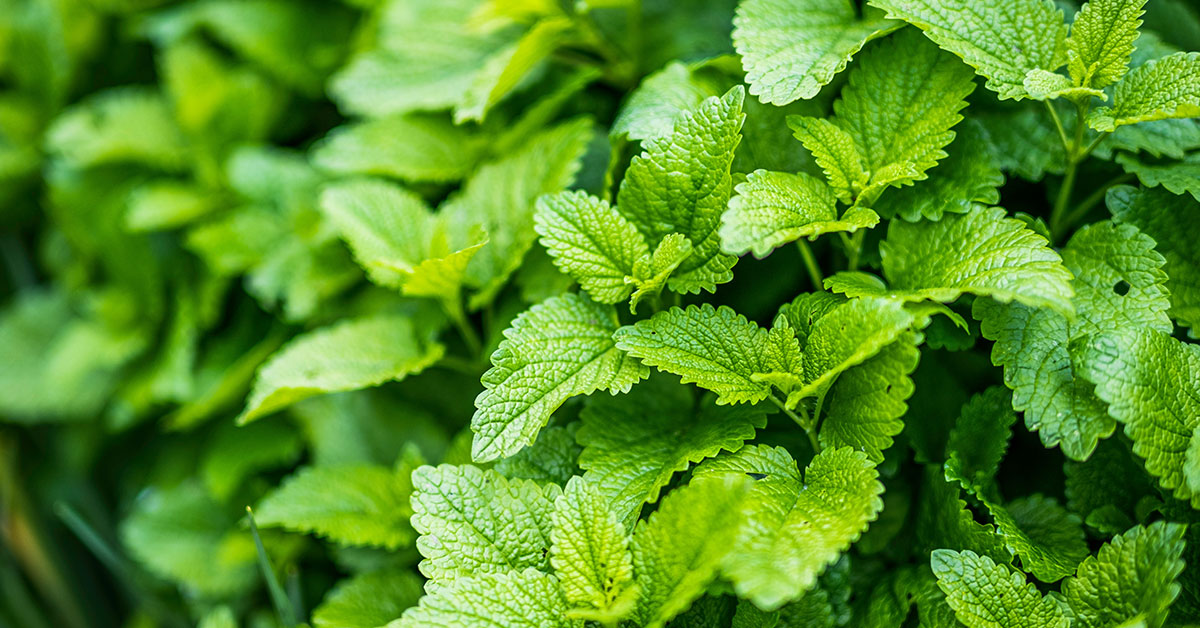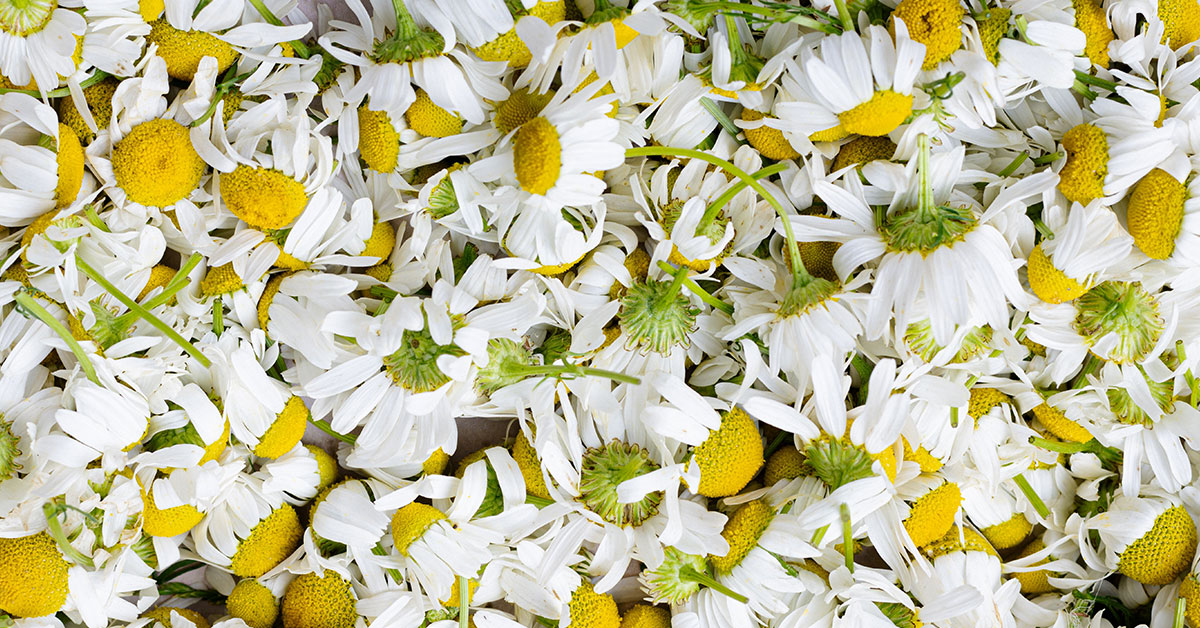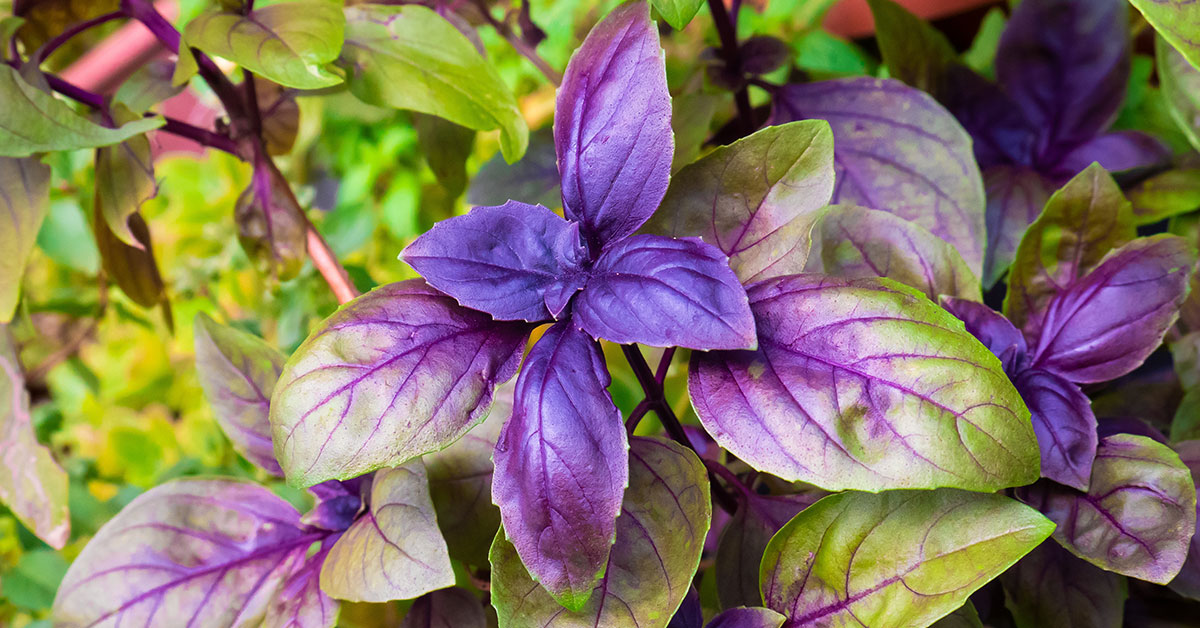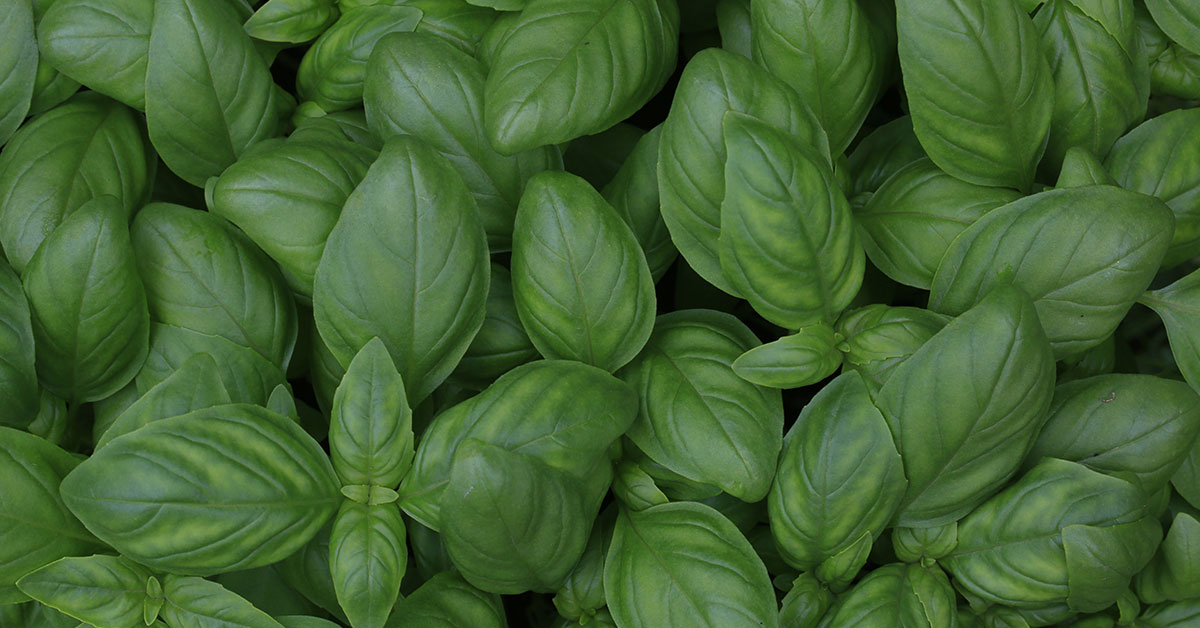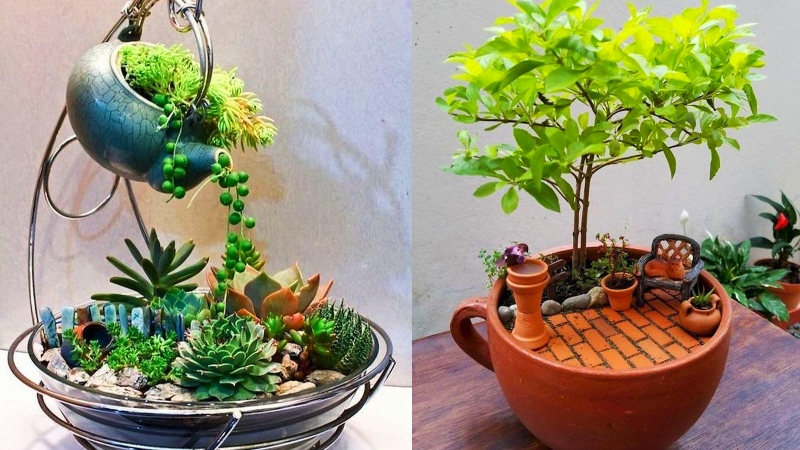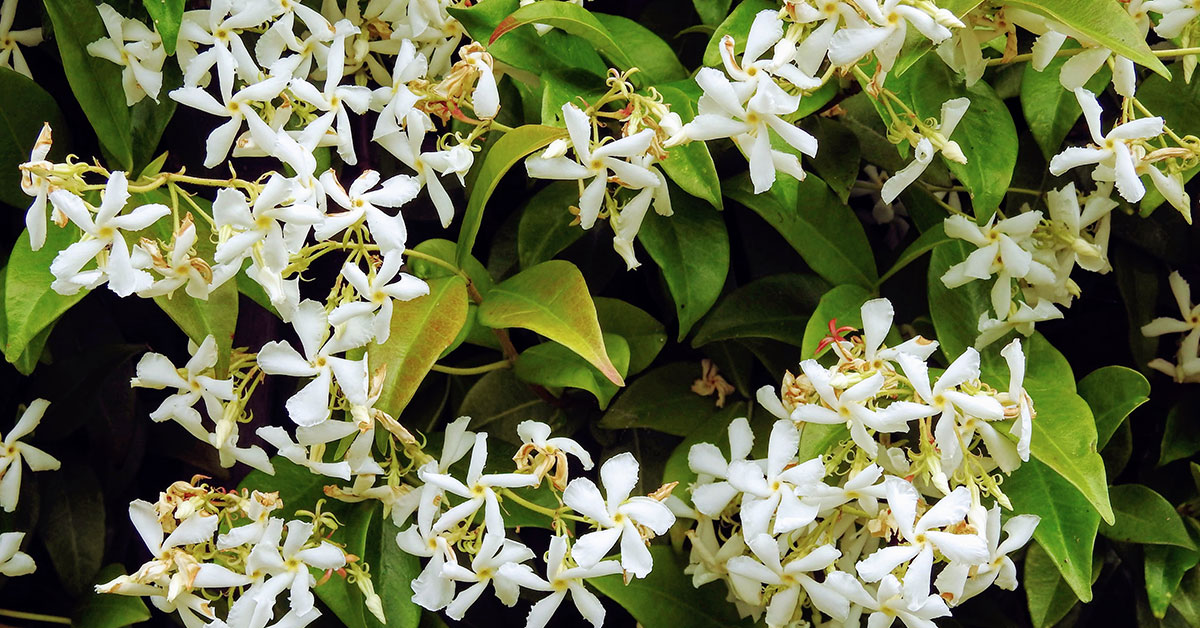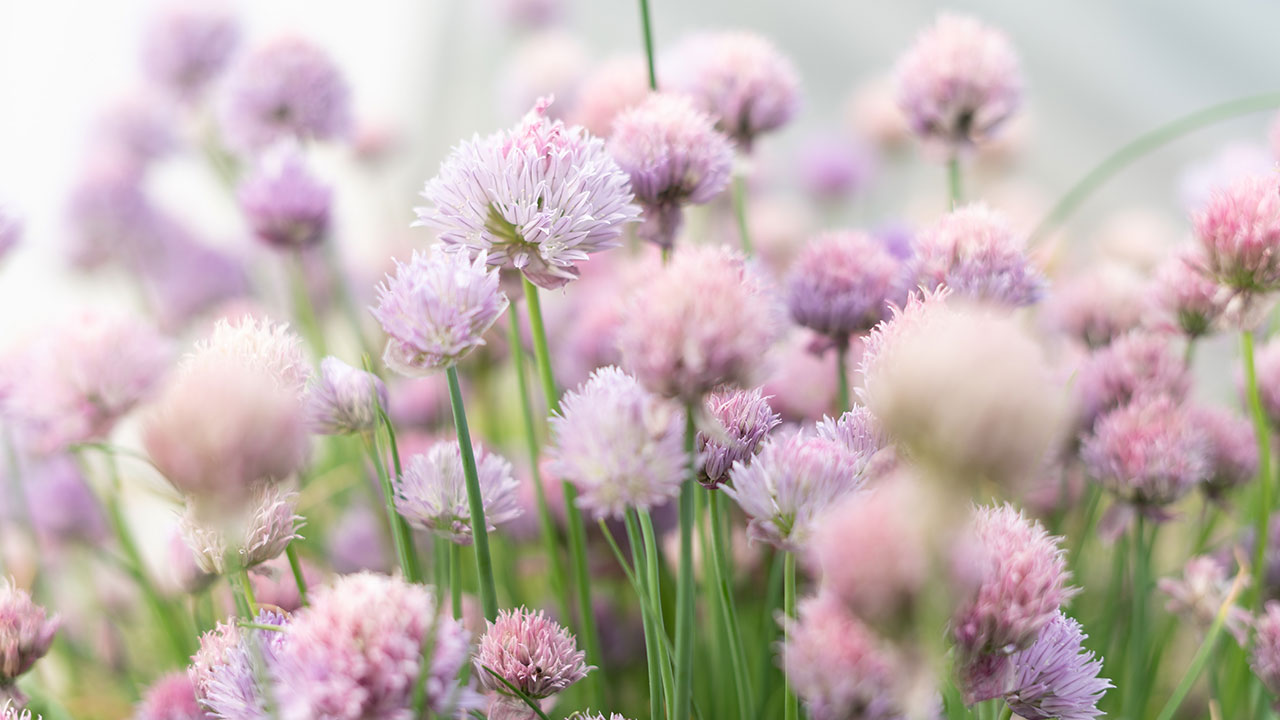Lemon balm, also known as Melissa officinalis, is a perennial herb in the mint family. It is widely cultivated for its lemony fragrance and is used in various culinary and medicinal preparations. Growing and caring for lemon balm is relatively easy, and it can be a great addition to your herb garden. In this article, we will discuss everything you need to know about growing and caring for Melissa officinalis.
What is lemon balm?
Lemon balm (Melissa officinalis) is a perennial herb from the mint family that is known for its lemon-scented leaves. It is native to southern Europe, northern Africa, and western Asia, but is now widely cultivated throughout the world.
It has been used for centuries in traditional medicine for its calming and soothing properties. It is also used as a flavoring agent in culinary dishes, teas, and other beverages.
The leaves of this herb are the most commonly used part, and they can be used fresh or dried. They have a mild lemony flavor and aroma, which makes them a popular ingredient in salads, sauces, marinades, and dressings.
Melissa officinalis can be easily grown in a garden or in a container. It prefers well-drained soil and partial to full sunlight. It is a hardy plant that can tolerate a range of temperatures, but it thrives in moderate temperatures and humid climates.
Overall, Melissa officinalis is a versatile herb that can be used in a variety of ways, from cooking to medicinal remedies. Its refreshing lemon scent and flavor make it a great addition to any herb garden or kitchen.
Growing Melissa officinalis
Lemon balm is a hardy plant that can grow in various soil types and lighting conditions. It prefers well-drained soil with a neutral pH level and partial to full sunlight.
Find a location in your garden that receives partial to full sunlight. Lemon balm can grow in shaded areas, but it will produce fewer leaves. Prepare the soil by removing weeds and debris. Add organic matter like compost or well-rotted manure to the soil to improve its fertility and drainage.
You can grow lemon balm from seeds or cuttings. If growing from seeds, sow them in the prepared soil about 1/4 inch deep and 12-18 inches apart. Water the soil thoroughly. If growing from cuttings, take stem cuttings in the spring or fall and plant them in the prepared soil.
Melissa officinalis is a hardy herb that can tolerate some pretty poor soil conditions, which means it doesn’t need much fertilizer. However, you can fertilize it with a balanced fertilizer once a month during the growing season if you suspect that it’s suffering from a nutrient deficiency, but this should be rare.
Additional Resource: 10 Companion Plants To Grow With Lemon Balm
Caring for Lemon Balm
Lemon balm is a low-maintenance plant, but it still requires some care. Here are some tips on how to care for Melissa officinalis plants:
- Watering: Water your plants regularly to keep the soil moist. Avoid overwatering, as this can lead to root rot.
- Mulching: Mulch around the lemon balm plants with straw, shredded leaves, or grass clippings to retain moisture and suppress weeds.
- Pruning: Prune plants regularly to promote bushier growth and prevent them from becoming too leggy. Cut the stems back to about 4-6 inches after the first flush of growth.
- Pests and Diseases: Melissa officinalis is relatively pest and disease-resistant. However, you should keep an eye out for aphids, spider mites, and whiteflies. Treat infestations with insecticidal soap or neem oil.
- Propagation: Lemon balm can be propagated from stem cuttings or by dividing the root ball. Cuttings should be taken in the spring or fall, and they should be about 4 inches long.
When and how to harvest
Lemon balm can be harvested at any time during the growing season, but the leaves are most potent just before the plant flowers. The best time to harvest lemon balm is in the morning, after the dew has dried, but before the heat of the day.
If you want to harvest the leaves for culinary purposes, it’s best to do so when the leaves are still young and tender. The older leaves can be harvested for medicinal purposes, but they may be less flavorful.
Harvesting lemon balm is a simple process. Here are the steps to follow:
- Locate the stems: Identify the stems that you want to harvest. They should be healthy and free from any signs of disease or insect damage.
- Cut the stems: Using a pair of sharp scissors or pruning shears, cut the stems just above a set of leaves. Leave about 1 inch of stem attached to the plant.
- Collect the leaves: Remove the leaves from the stems and discard any stems or debris. Rinse the leaves with cold water and pat them dry with a clean towel.
- Store the leaves: Store the lemon balm leaves in a sealed container in the refrigerator. The leaves can be used fresh or dried for later use.
Tips for Harvesting Lemon Balm:
- Avoid harvesting more than one-third of the plant at a time. This will allow the plant to continue to grow and produce new leaves.
- To preserve the flavor and aroma of the leaves, harvest them before the plant flowers.
- Be gentle when handling the leaves, as they can bruise easily and lose their flavor.
- If you want to dry the leaves for later use, hang them in a warm, dry place out of direct sunlight. Once dry, store them in an airtight container.
- Harvest lemon balm regularly to promote bushier growth and prevent the plant from becoming too leggy.
Harvesting lemon balm is a simple process that can be done throughout the growing season. The leaves are most potent just before the plant flowers, and they can be used fresh or dried for culinary or medicinal purposes. By following these tips, you can ensure that you get the best flavor and potency from your lemon balm plant.
Uses for Lemon Balm
Lemon balm (Melissa officinalis) has a long history of use in traditional medicine and culinary arts. Its leaves have a refreshing lemony flavor and scent that make it a popular ingredient in teas, salads, sauces, and other dishes. Here are some of the common uses for lemon balm:
- Calming and relaxing effects: Lemon balm has been traditionally used for its calming and soothing effects on the nervous system. It can be used to alleviate symptoms of anxiety, stress, and insomnia.
- Digestive health: Melissa officinalis has digestive properties and can help ease digestive issues like bloating, gas, and indigestion.
- Cold and flu relief: this herb has antiviral and immune-boosting properties, making it a natural remedy for colds, flu, and other respiratory infections.
- Skin health: Lemon balm has anti-inflammatory and antioxidant properties that can help soothe and protect the skin from oxidative stress and inflammation.
- Insect repellent: This herb has been shown to repel mosquitoes and other insects, making it a natural and safe alternative to chemical insect repellents.
- Culinary uses: Lemon balm can be used fresh or dried in a variety of culinary dishes, including teas, salads, soups, sauces, and marinades. Its lemony flavor pairs well with fish, chicken, and vegetables.
- Aromatherapy: Melissa officinalis essential oil can be used in aromatherapy to promote relaxation, reduce stress, and uplift the mood.
Overall, lemon balm is a versatile herb that can be used in various ways. Its calming effects, digestive properties, and skin benefits make it a popular choice for herbal remedies, while its refreshing flavor and scent make it a favorite in the culinary world.
